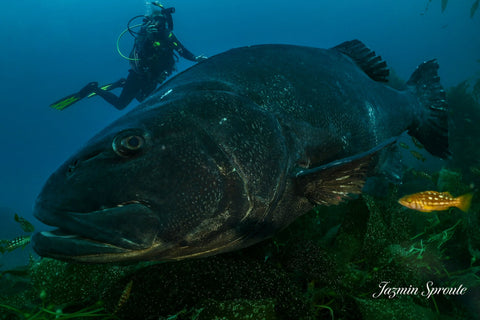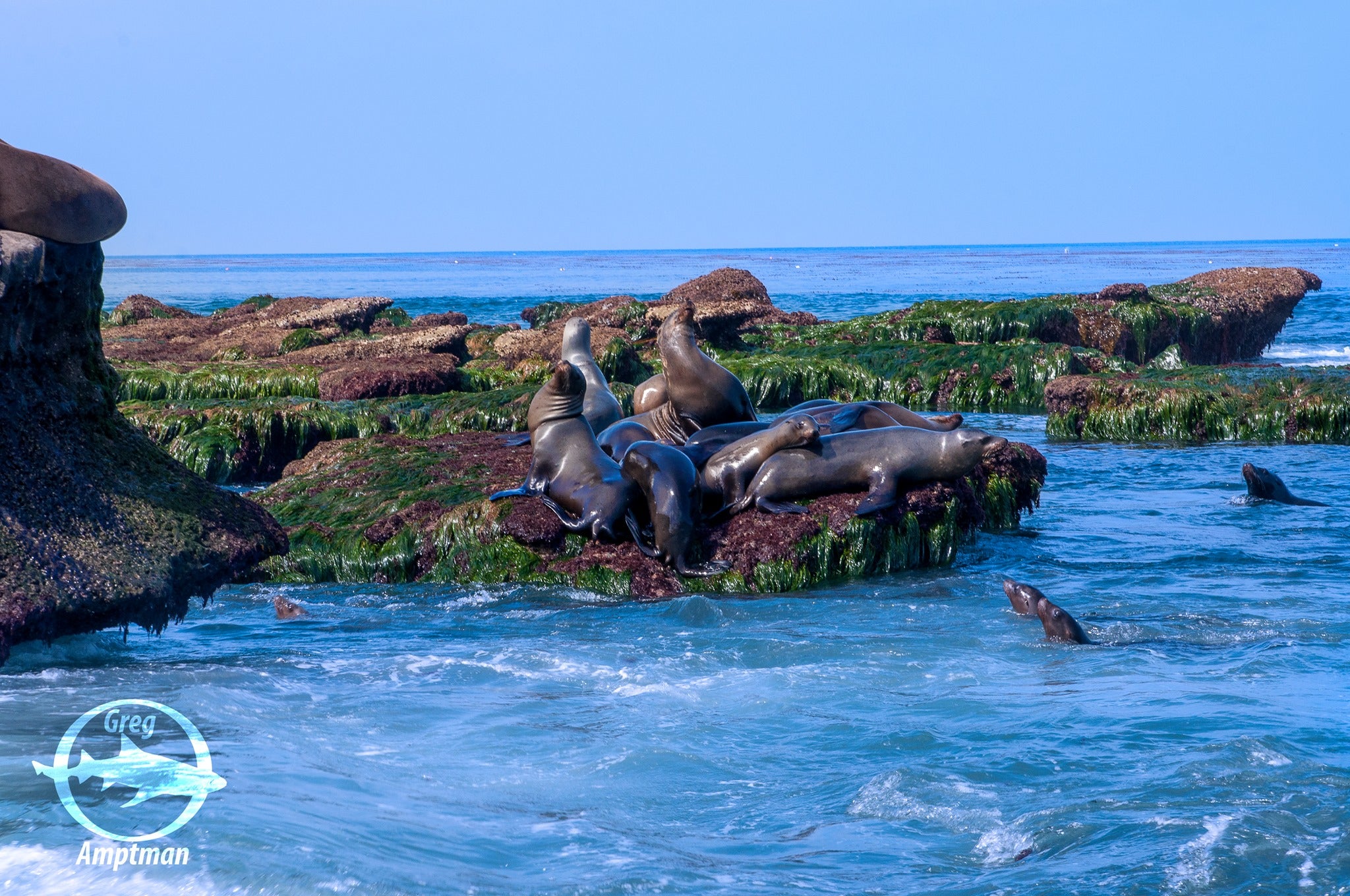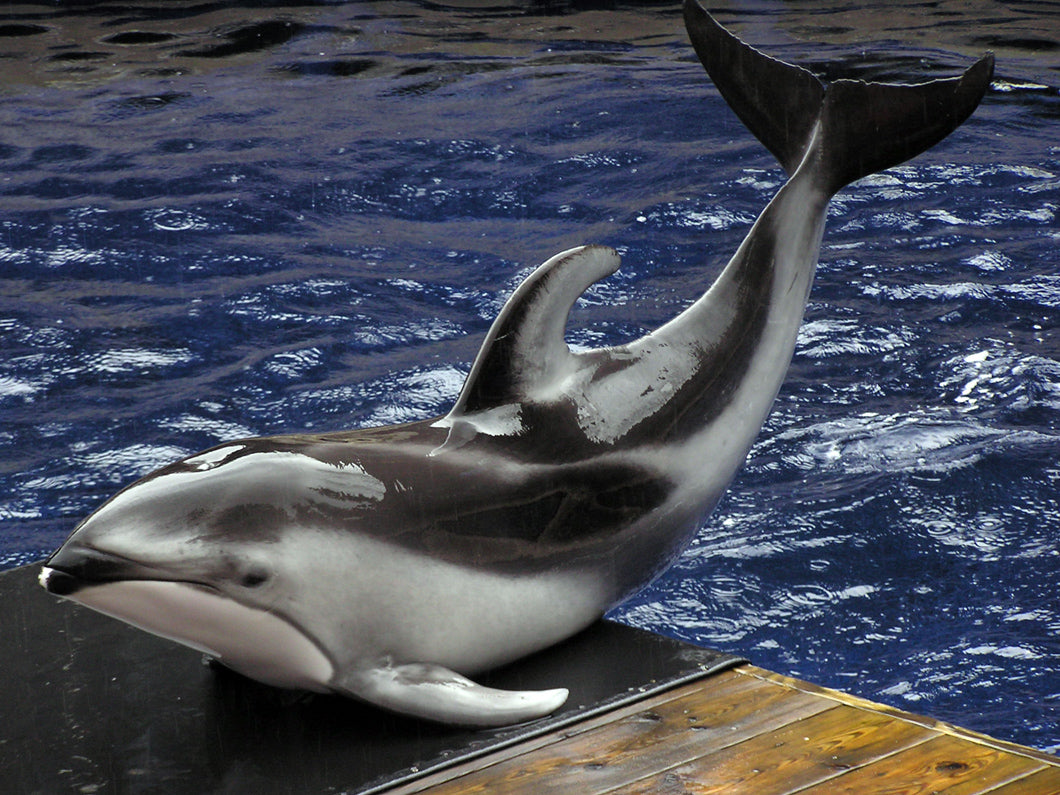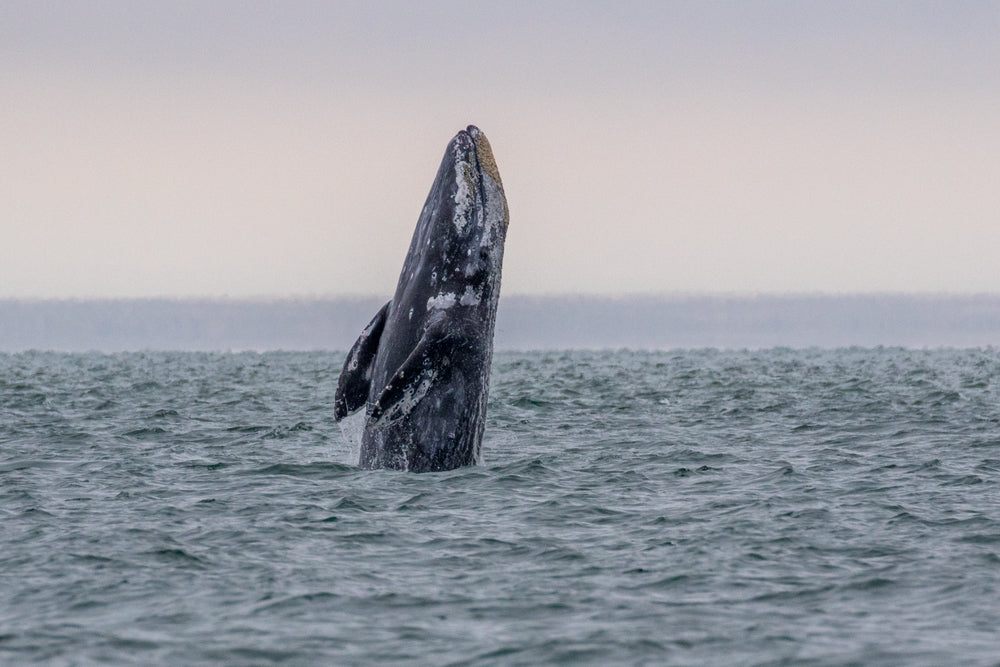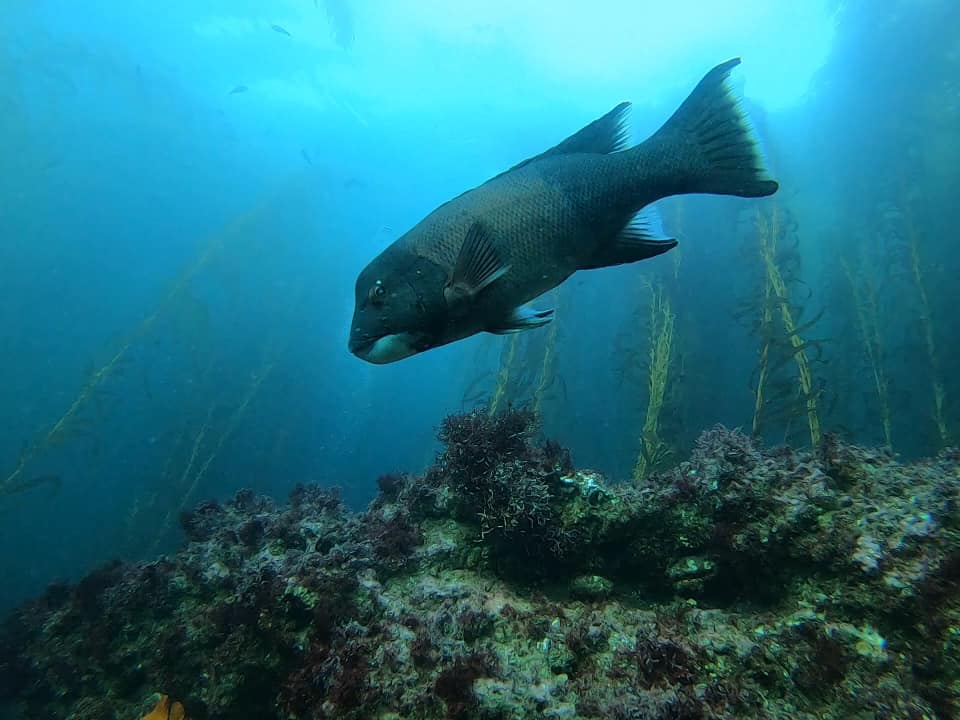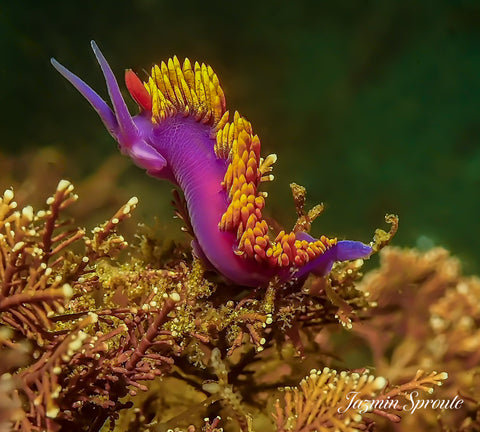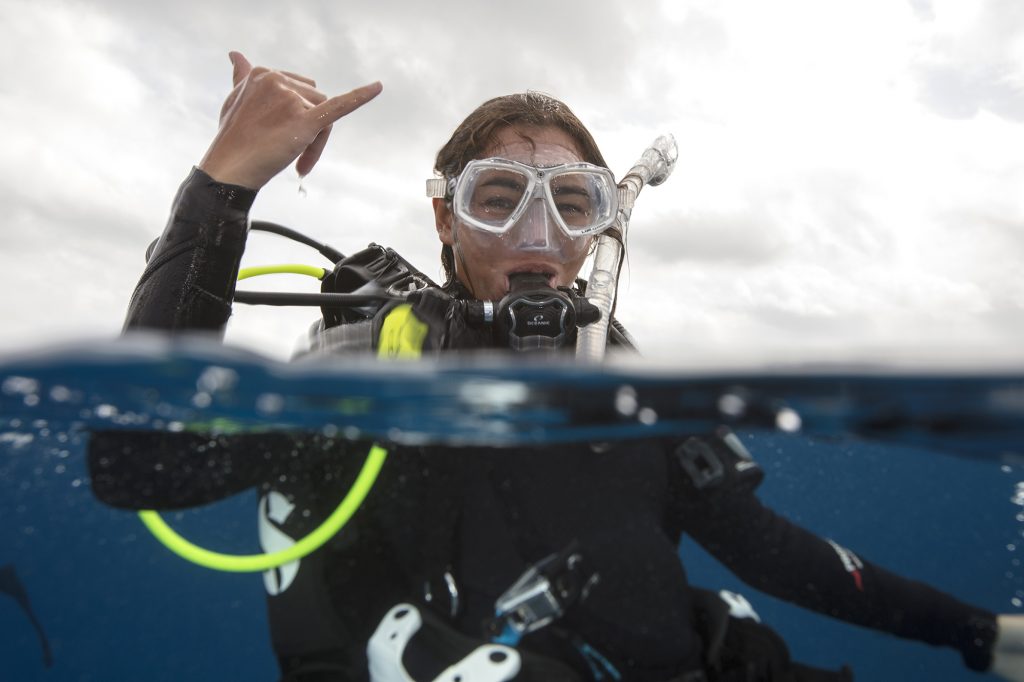2023 Calendar of Events for Southern California
Here we go! It's time to dive into the 2023 diving season! We have so many events every year and we hope that you'll find time to join us as always.
Every year, the SoCal community comes together for events that range from fundraising to local environmental efforts.
If you'd like to stay up-to-date on events in our area, join up with our Facebook groups Dive 714, Dive 949 or Dive 760. You can also tune in to our current events calendar to keep up with our upcoming fun!
In the meantime, check out these planned events!
On 14 January 2023, the dive clubs will come together and explore Catalina Island on board the Magician Dive Boat! This trip is for club members only, so make sure you join up to the Facebook Groups to qualify and sign up!
On 28-29 January 2023, the technical divers will spend two days on the Scrambler dive boat exploring sites past the 130ft range at Catalina Island. This trip is reserved for technical divers and is limited to six divers only. For more information email david.mansfield@beachcitiesscuba.com.
On 11 February 2023, the dive clubs will come together and explore the Oil Rigs on board the Magician Dive Boat! This trip is for club members only, so make sure you join up to the Facebook Groups to qualify and sign up!
From 23 March - 7 April, 2023, the Beach Cities Scuba crew heads out to the beautiful waters of Raja Ampat, Indonesia. This dive is a liveaboard adventure in one of the most diverse underwater environments on earth. For the explorer at heart, Raja is the place where nature dominates and human interaction is minimal. Join us for this amazing trip!
On 25 February 2023, the Annual Avalon Harbor Clean Up will be held at Avalon harbor! A great day of hanging out and diving the island is at the ready for you. Join Dive 949 this year! Don't miss out on this great fundraising event that supports the Catalina Hyperbaric Chamber! RESCHEDULED APRIL 1,2023.
On 11 March 2023, the dive clubs will come together and explore the Blue Caverns on board the Magician Dive Boat! This trip is for club members only, so make sure you join up to the Facebook Groups to qualify and sign up!
On 25 March 2023, join the ladies of Beach Cities Scuba and fellow women throughout Sothern California for a boat trip dedicated just for them! Women only please.
Rescheduled for 1 April 2023, the Annual Avalon Harbor Clean Up will be held at Avalon harbor! A great day of hanging out and diving the island is at the ready for you. Join Dive 949 this year! Don't miss out on this great fundraising event that supports the Catalina Hyperbaric Chamber!
On 8 April 2023, the dive clubs will come together and explore Farnsworth Banks on board the Magician Dive Boat! This trip is for club members only, so make sure you join up to the Facebook Groups to qualify and sign up!
On 22-23 April 2023, the technical divers will spend two days on the Scrambler dive boat exploring sites past the 130ft range at Catalina Island. This trip is reserved for technical divers and is limited to six divers only. For more information email david.mansfield@beachcitiescuba.com.
On 3 May 2023, we have the Chamber Day / Chamber Eve. This is a fundraising event in Southern California that supports the USC Catalina Hyperbaric Chamber. A very important dive facility for our OC divers. That information will post here: https://dornsife.usc.edu/chamberday/
On 13 May 2023, the dive clubs will come together and explore the west side of Catalina on board the Magician Dive Boat! This trip is for club members only, so make sure you join up to the Facebook Groups to qualify and sign up!
On 27 May 2023, the dive clubs will come together and explore the west side of Catalina on board the Magician Dive Boat! This trip is for club members only, so make sure you join up to the Facebook Groups to qualify and sign up!
On 3-4 June 2023, we have the Scuba Show held at the Long Beach Convention Center. This is the largest scuba convention west of the Mississippi. It is held every year and a large piece of our dive community in OC. That information is here: https://scubashow.com/
From 17 June - 24 June, 2023, Perry Boyer hosts a trip to Sunscape resort in Curacao. The group will enjoy some beautiful blue waters and resort pampering for a week. This trip is currently full with a waitlist.
From 8 July - 15 July, 2023, Beach Cities Scuba heads to Beqa Lagoon, Fiji. Those attending will enjoy 4-5 dives a day, resort living and an awesome experience! There's still spots available for Fiji! Join here!
On 16 July 2023, we will the celebrate PADI Women's Dive Day. This honors women divers every year with events focused on the lady divers of our OC community. This information is located here: https://www.padi.com/women. - Beach Cities Scuba will host a boat dive on the Riviera!
On 22-23 July 2023, the technical divers will spend two days on the Scrambler dive boat exploring sites past the 130ft range at Catalina Island. This trip is reserved for technical divers and is limited to six divers only. For more information email david.mansfield@beachcitiescuba.com.
On 29 July 2023, the dive clubs will come together and explore sites TBA on board the Magician Dive Boat! This trip is for club members only, so make sure you join up to the Facebook Groups to qualify and sign up!
From 5 September - 18 September, 2023, Beach Cities Scuba heads to Bikini Atoll. This is a walk through history. The Atoll is the site of two major nuclear tests and is enticing to technical divers who are looking to see wrecks that are super rare. The USS Saratoga is one of three aircraft carriers you can dive in the world. The ship that gave the order for Pearl Harbor is there and an elusive German warship lays on the bottom. For the technical diving explorer, Bikini Atoll ranks as top 5 experience. There's still spots available for Bikini Atoll! If you are a technical diver: Join here!
On 30 September 2023, the dive clubs will come together and explore sites TBA on board the Magician Dive Boat! This trip is for club members only, so make sure you join up to the Facebook Groups to qualify and sign up!
On 28-29 October 2023, the technical divers will spend two days on the Scrambler dive boat exploring sites past the 130ft range at Catalina Island. This trip is reserved for technical divers and is limited to six divers only. For more information email david.mansfield@beachcitiescuba.com.
From 1 November - 31 December 2023, the 5th Annual 30 Dive Challenge will be underway. This event has tons of prizes from multiple manufacturers. You have two months to complete 30 dives. Upon completion, you enter the winner's circle where you will then be entered into a drawing for prizes and a grand prize! Don't forget about this great event!
For those of you in the industry, 14-17 November 2023, DEMA (Dive Equipment Manufacturer's Association) will hold their event in New Orleans, Louisiana.
24 November 2023 is our favorite time of the year. Black Friday is a special event and will have ton of equipment and class specials!
On 16 December 2023, the dive clubs will come together and explore sites TBA on board the Magician Dive Boat! This trip is for club members only, so make sure you join up to the Facebook Groups to qualify and sign up!
ACE WRECK
One of our favorite dive sites is the ACE wreck. This boat went down in a storm and has provided an excellent dive site for years in Southern California. If you are an advanced diver or above looking to do a cool dive in Orange County, the ACE is one to explore! Our dates for 2023 are here.
2023 ACE Wreck Dives
- March 18th, 2023, 7.15am meet, 8am depart two-tank
- April 15th, 2023, 7.15am meet, 8am depart two-tank
- May 20th, 2023, 7.15am meet, 8am depart two-tank
- June 24th, 2023, 7.15am meet, 8am depart two-tank
- July 15th, 2023, 6.15am meet, 7am depart two-tank
- August 19th, 2023, 6.15am meet, 7am depart two-tank
- September 23rd, 2023, 6.15am meet, 7am depart two-tank
- October 21st, 2023, 7.15am meet, 8am depart two-tank
- November 18th, 2023, 7.15am meet, 8am depart two-tank
- December 9th, 2023, 7.15am meet, 8am depart two-tank
2023 Sunday Night Dives
We are committed as a dive group to diving as much as possible! If you have Sunday nights available, don't forget about our Sunday Night Dives!!! These are held every other Sunday where divers meet at 925 N Coast Hwy, Dana Point, CA 92651. From there, we dive the coves located within the area! These Night dives start 5 February and rotate every two weeks (, 19 Feb, 5 Mar, and so on). Check out the Facebook pages for announcements or changes!
2023 Club Trips Dives
- April 8th, 2023, 6am meet, 7am depart two-tank
- May 13th, 2023, 6am meet, 7am depart two-tank
- May 27th, 2023, 6am meet, 7am depart two-tank
- July 29th, 2023, 6am meet, 7am depart two-tank
- September 30th, 2023, 6am meet, 7am depart two-tank
- December 16th, 2023, 6am meet, 7am depart two-tank
2023 Women Dive Days
Join us in 2023 for some planned diving for the ladies.
- March 25th, 2023, 7.15am meet, 8am depart two-tank
- July 16th, 2023, 12.15pm meet, 1pm depart two-tank
- September/October to be announced
About the Author:
D.J. Mansfield is a PADI Course Director who dives Southern California and has done so for 25 years. He is currently the Director of Operations for Beach Cities Scuba and is a committed ocean steward and trainer for divers all over the world.
Follow him on Instagram @djmansfield7or contact him at dj@beachcitiescuba.com.
Did you know Beach Cities Scuba is a 100% AWARE partner? We are committed to supporting our ocean partners and creating a protected environment for sea life that includes responsible fishing practices and minimal human interaction. See how you can get involved today!




